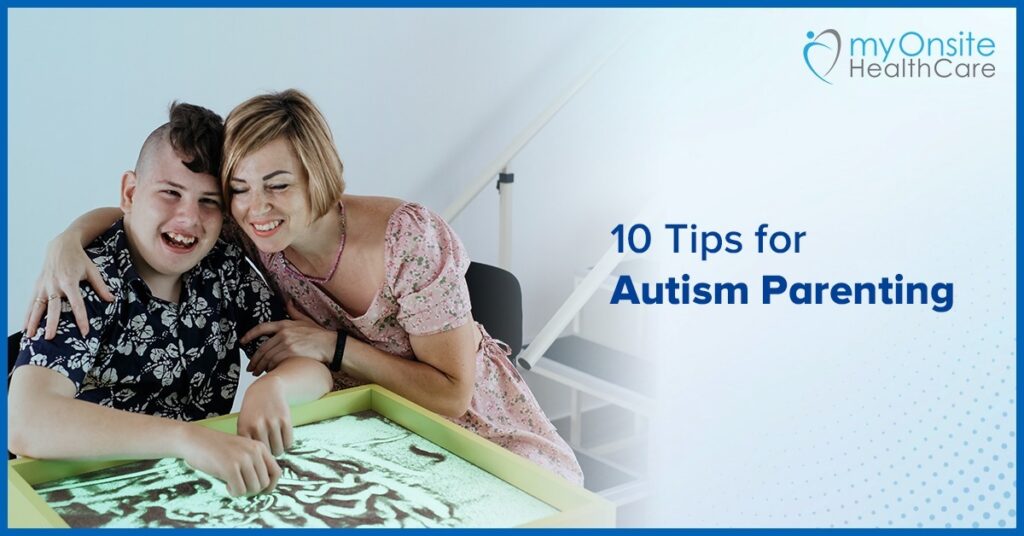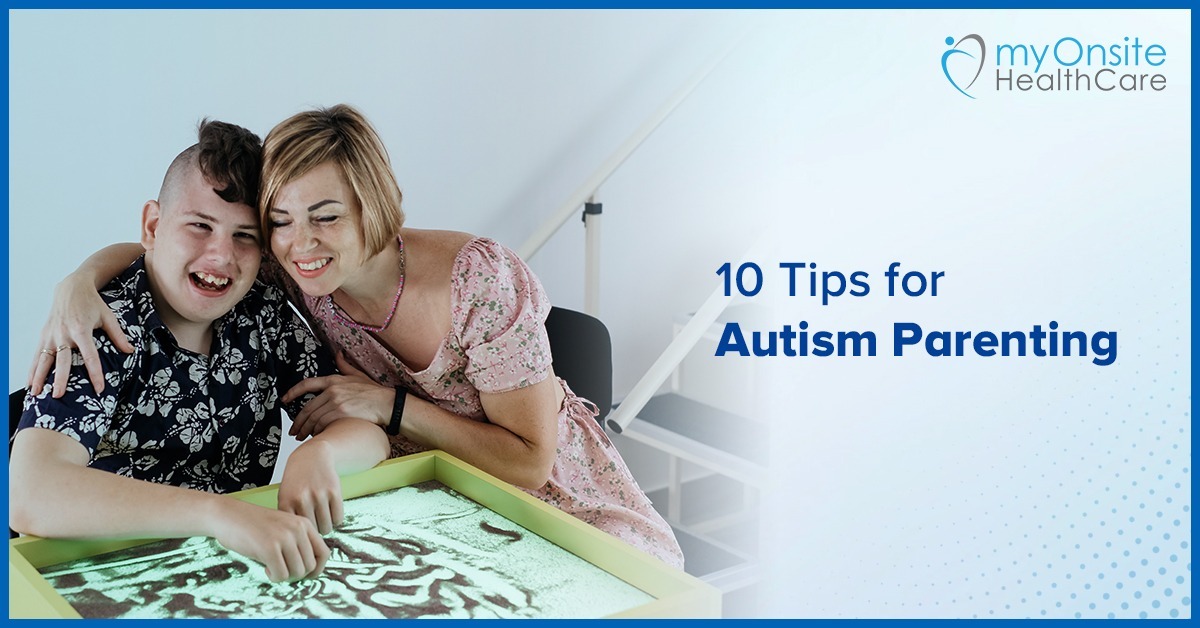
Autism Tips for Parents: Navigating the Journey with Confidence
Raising a child with autism spectrum disorder (ASD) presents unique challenges and rewards. As parents, understanding the nuances of autism and implementing effective strategies can significantly improve your child’s quality of life and foster their development. This article provides practical autism tips for parents, offering guidance and support as you navigate this journey with confidence and informed decision-making. We aim to provide actionable advice based on research and real-world experiences, offering a balanced perspective to help you best support your child.
Understanding Autism Spectrum Disorder
Autism Spectrum Disorder (ASD) is a complex neurodevelopmental condition characterized by persistent deficits in social communication and social interaction across multiple contexts. These deficits are often accompanied by restricted, repetitive patterns of behavior, interests, or activities. It’s crucial to remember that autism is a spectrum, meaning that individuals with ASD exhibit a wide range of symptoms and levels of severity. Some children may have significant cognitive impairments, while others possess exceptional abilities in specific areas.
Early diagnosis and intervention are paramount. The earlier a child is diagnosed with autism, the sooner they can receive the therapies and support services they need to thrive. Parents who suspect their child may have autism should consult with a pediatrician or developmental specialist for a comprehensive evaluation. Remember, seeking help is a sign of strength and proactive parenting.
Practical Autism Tips for Parents
Here are some practical autism tips for parents designed to help you create a supportive and nurturing environment for your child:
Embrace Early Intervention
Early intervention programs are designed to address developmental delays and promote skill acquisition in young children with autism. These programs often include therapies such as:
- Applied Behavior Analysis (ABA): ABA therapy uses principles of learning and motivation to teach new skills and reduce challenging behaviors.
- Speech Therapy: Speech therapy helps children with autism improve their communication skills, including verbal and nonverbal communication.
- Occupational Therapy: Occupational therapy focuses on developing fine motor skills, sensory processing, and daily living skills.
- Physical Therapy: Physical therapy addresses gross motor skills, coordination, and balance.
Research consistently demonstrates the effectiveness of early intervention in improving outcomes for children with autism. [See also: Understanding ABA Therapy for Autism]
Create a Structured Environment
Children with autism often thrive in structured environments with predictable routines. Establishing clear expectations and routines can help reduce anxiety and improve behavior. Consider the following:
- Visual Schedules: Use visual schedules with pictures or symbols to illustrate daily activities and routines.
- Timers: Use timers to signal transitions between activities.
- Consistent Rules: Establish consistent rules and expectations and enforce them fairly.
- Designated Spaces: Create designated spaces for specific activities, such as a quiet area for reading or a play area for toys.
Focus on Communication
Communication challenges are a hallmark of autism. Parents can support their child’s communication development by:
- Using Visual Aids: Use visual aids, such as picture cards or communication boards, to help your child express their needs and wants.
- Encouraging Nonverbal Communication: Pay attention to your child’s nonverbal cues, such as gestures and facial expressions.
- Modeling Language: Use simple, clear language when speaking to your child.
- Providing Opportunities for Interaction: Create opportunities for your child to interact with others, such as playdates or social skills groups.
Address Sensory Sensitivities
Many individuals with autism have sensory sensitivities, meaning they may be overly sensitive or under-sensitive to certain sensory stimuli, such as sounds, lights, textures, or smells. Parents can help their child manage sensory sensitivities by:
- Identifying Triggers: Identify the specific sensory stimuli that trigger your child’s sensitivities.
- Creating a Sensory-Friendly Environment: Modify your home environment to reduce sensory overload, such as using soft lighting, minimizing noise, and providing comfortable seating.
- Providing Sensory Tools: Provide sensory tools, such as weighted blankets, fidget toys, or noise-canceling headphones, to help your child regulate their sensory input.
Promote Social Skills
Social skills deficits are a core feature of autism. Parents can help their child develop social skills by:
- Teaching Social Rules: Explicitly teach social rules and expectations, such as how to greet someone or how to take turns in a conversation.
- Role-Playing: Practice social scenarios with your child through role-playing.
- Providing Social Opportunities: Create opportunities for your child to interact with peers in structured settings, such as social skills groups or extracurricular activities.
- Modeling Social Behavior: Model appropriate social behavior in your own interactions.
Manage Challenging Behaviors
Challenging behaviors, such as tantrums, aggression, or self-injurious behavior, can be common in children with autism. Parents can manage challenging behaviors by:
- Identifying Triggers: Identify the triggers that lead to challenging behaviors.
- Developing a Behavior Plan: Work with a behavior specialist to develop a behavior plan that includes strategies for preventing and managing challenging behaviors.
- Using Positive Reinforcement: Use positive reinforcement to reward desired behaviors.
- Providing a Calm Environment: When challenging behaviors occur, provide a calm and supportive environment.
Seek Support and Respite
Raising a child with autism can be demanding. It’s essential for parents to seek support and respite to avoid burnout. Consider the following:
- Joining a Support Group: Connect with other parents of children with autism through support groups.
- Seeking Therapy: Consider individual or family therapy to address the emotional challenges of parenting a child with autism.
- Utilizing Respite Care: Utilize respite care services to provide temporary relief from caregiving responsibilities.
- Prioritizing Self-Care: Make time for activities that you enjoy and that help you relax and recharge.
The Importance of Parental Advocacy
Parents are the most important advocates for their children with autism. You are the experts on your child’s needs and abilities. Be prepared to advocate for your child’s rights and access to appropriate services. This includes actively participating in IEP (Individualized Education Program) meetings, seeking out qualified professionals, and staying informed about current research and best practices in autism treatment. Remember that your voice matters, and you have the power to make a difference in your child’s life. Being proactive and informed are key autism tips for parents.
Building a Strong Parent-Child Relationship
Despite the challenges, building a strong and loving relationship with your child with autism is essential. Focus on your child’s strengths and interests, and celebrate their accomplishments. Spend quality time together engaging in activities that you both enjoy. Remember that love, patience, and understanding are the most powerful tools you have. A strong parent-child bond provides a foundation of security and support that will help your child thrive. Remember that autism tips for parents often emphasize the importance of connection.
Staying Informed and Adapting
The field of autism research is constantly evolving. Stay informed about new developments and adapt your strategies as needed. Consult with professionals, attend conferences and workshops, and read reputable sources of information. Be open to trying new approaches and be willing to adjust your expectations as your child grows and develops. Remember that there is no one-size-fits-all approach to autism treatment. What works for one child may not work for another. Flexibility and adaptability are crucial for success. Considering these autism tips for parents will help you better support your child.
Conclusion: Embracing the Journey
Parenting a child with autism is a journey filled with both challenges and rewards. By understanding autism, implementing effective strategies, and seeking support, you can help your child reach their full potential and live a fulfilling life. Remember to celebrate the small victories, embrace the unique qualities of your child, and never give up hope. These autism tips for parents provide a foundation for navigating this journey with confidence, knowledge, and unwavering love.

